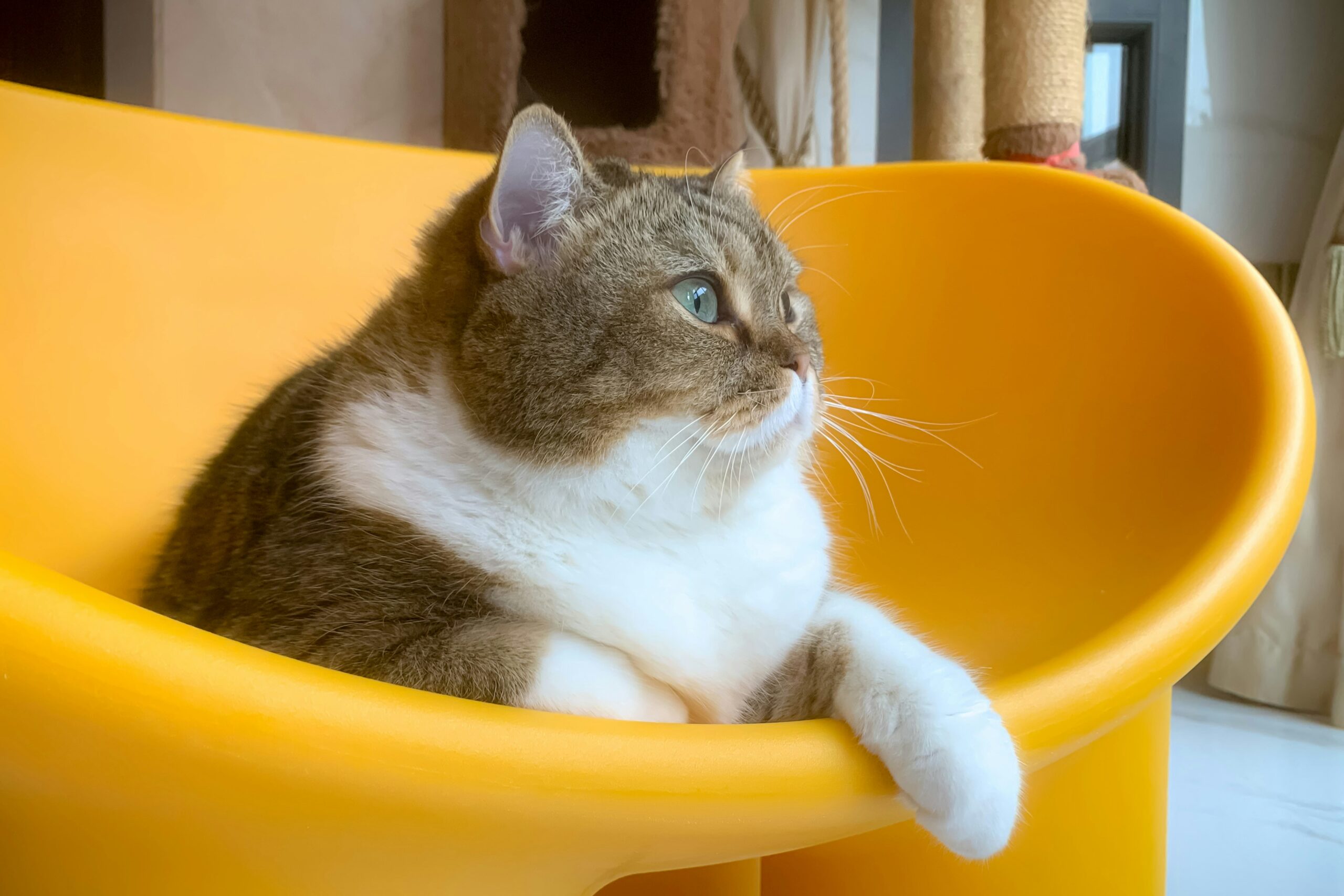
The Bottomless Bowl: Understanding Your Cat's Insatiable Appetite
Introduction
Cats are often portrayed as finicky eaters, but what happens when your feline friend seems to have an insatiable appetite.
Hunger
Distinguishing between a healthy appetite and excessive hunger in cats is crucial. While cats may naturally have varying hunger levels.
Physiological
Explore the physiological reasons behind a cat's insatiable appetite, such as metabolic rate, age, and health conditions like hyperthyroidism or diabetes.
Triggers
Cats' behavior and emotions also play a role in their eating habits. Stress, boredom, or anxiety can drive cats to seek comfort in food.
Environmental
The environment in which a cat lives can affect its eating habits. Lack of stimulation, limited access to fresh water, or competition.
Feeding
Assess your feeding routine and the type of food you provide. Inconsistent feeding schedules or low-quality diets may not satisfy your cat's.
Health
Persistent hunger could be a symptom of underlying health issues. Regular veterinary check-ups are essential to rule out conditions like parasites.
Managing
mplement strategies to manage your cat's hunger, such as portion control, feeding puzzles, or enriching their environment with toys.
Conclusion
By understanding the factors contributing to your cat's insatiable appetite, you can take proactive steps to address their needs effectively.
read more

